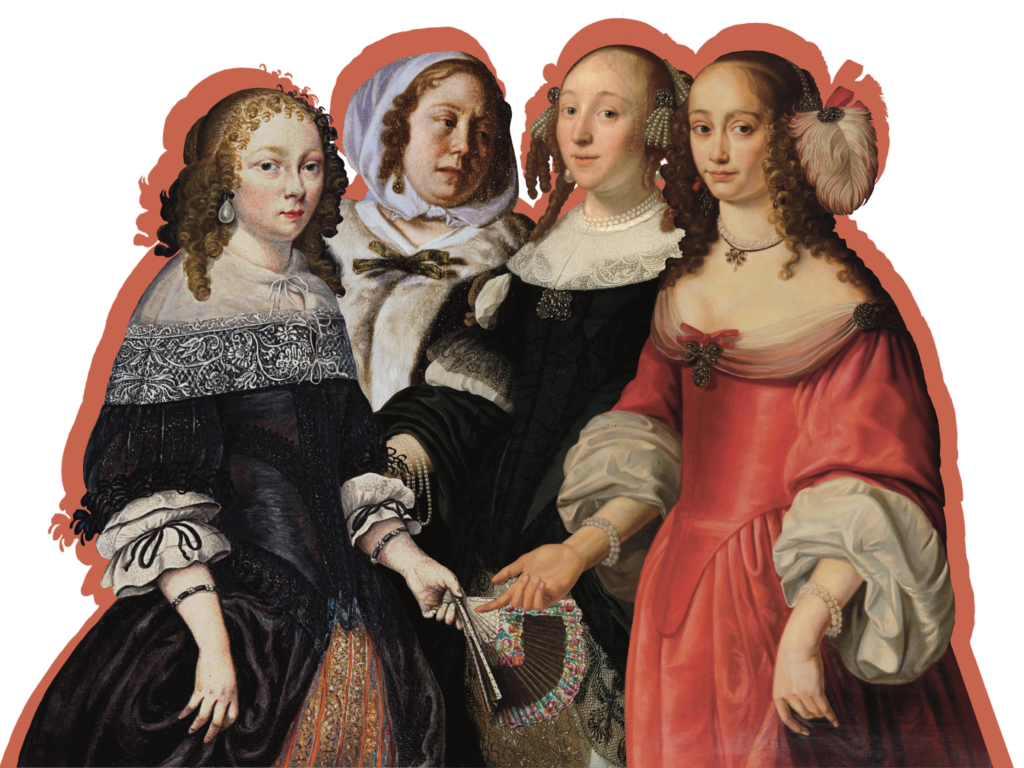Save the Date & Call for Papers: The Female Impact Symposium

Mark your calendars for the 30th of June and the 1st of July 2025, when we will gather at the Trippenhuis for the culminating symposium of The Female Impact project. This landmark event will showcase four years of research through presentations from our project members and esteemed guest speakers. Alongside engaging discussions, we will offer exclusive tours of the historic Trippenhuis, providing a unique backdrop to our findings. Join us as we unveil the pivotal outcomes of our work.
Call for Papers:
Due date: November 22, 2024
Building on the groundbreaking work of the late 1990s and the steady progress in cataloguing the output of women artists, the study of women and gender in 17th-century Dutch art is now flourishing. Women are no longer overlooked; they are now a vital part of conference programs, surveys of Dutch and Flemish art, and museum displays of the Dutch Republic’s artistic heritage. Significant strides have been made in understanding the roles women played in art and how these roles evolved throughout their lifetimes. The study of women and gender is now central to the discourse on Dutch art, broadening and enriching our understanding of art production and consumption in this period. Consequently, our view of the art production and consumption of the time, as well as its academic study have become more inclusive, nuanced, and vibrant. Women were, and always have been, everywhere. This raises the question: where to from here?
This symposium aims to collectively assess the current state of scholarship, comparing research findings across cultures, countries, and disciplines. We seek to deepen our understanding of the implications of recent research and chart new avenues for further study.
The symposium coincides with the culmination of The Female Impact research project, led by Judith Noorman, which will conclude in the summer of 2025. This project contributes to the growing body of scholarship by demonstrating that women influenced all facets and stages of art production and consumption in the Northern Netherlands. Beyond creating art, women managed sales within client networks, oversaw workshop productivity, and handled financial and legal matters. Women also traded in art, sold artists’ materials, and contributed to the family economy in myriad ways they found both profitable and fulfilling. On the buyer’s side, both newly discovered and previously known documents prove that women, aristocratic and non-aristocratic alike, selected art and artists, judged commissioned works, negotiated prices, had paintings repaired, and bequeathed them to future generations. Women also oversaw building projects, demonstrating their influence beyond art collection alone. Together, our research reexamines the household as a site of agency, power, and self-actualization—both in the art market and beyond. By looking at these overlooked dynamics, we have uncovered insights that apply equally to men’s roles in art production and consumption in the Dutch Republic.
In addition to sharing our findings, we invite paper proposals that explore women, gender, and art production and consumption within and beyond the Northern Netherlands during the Early Modern period. Topics may include, but are not limited to: art and household management, patronage and the art market, family economies and collaborations, examples of women leveraging the domestic sphere, women’s artistic strategies, artistic approaches tailored to a female audience, the relationship between artworks and other (luxury) household goods, the domestic realm as a space for self-fashioning, and depictions by and for women. We encourage collective and comparative approaches, and as always, welcome new case studies. Read the full call for papers here.
Stay up to date by visiting our symposium website and signing up for our newsletter.